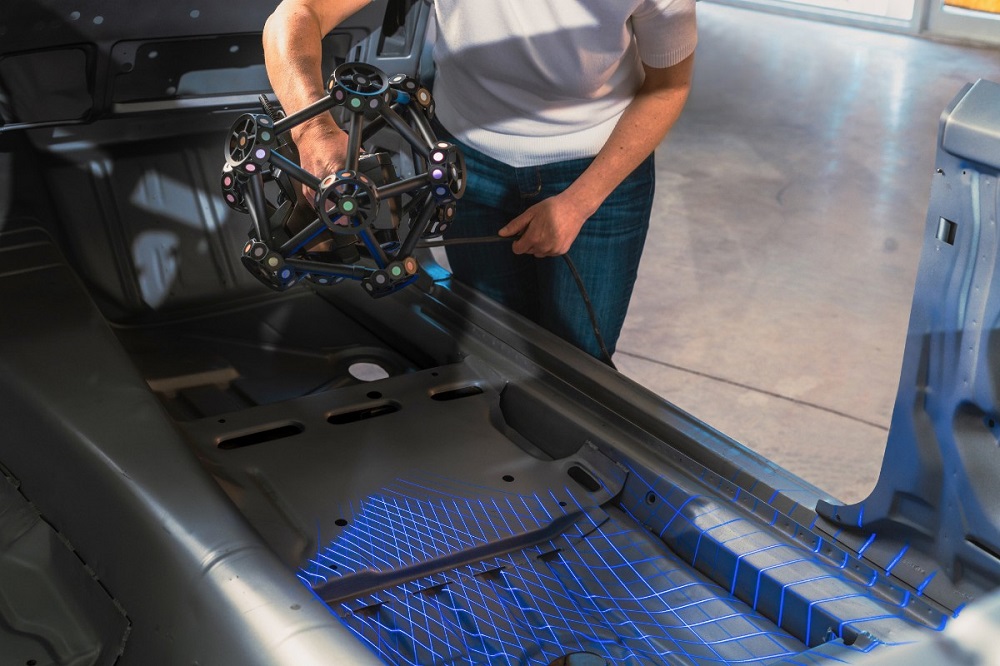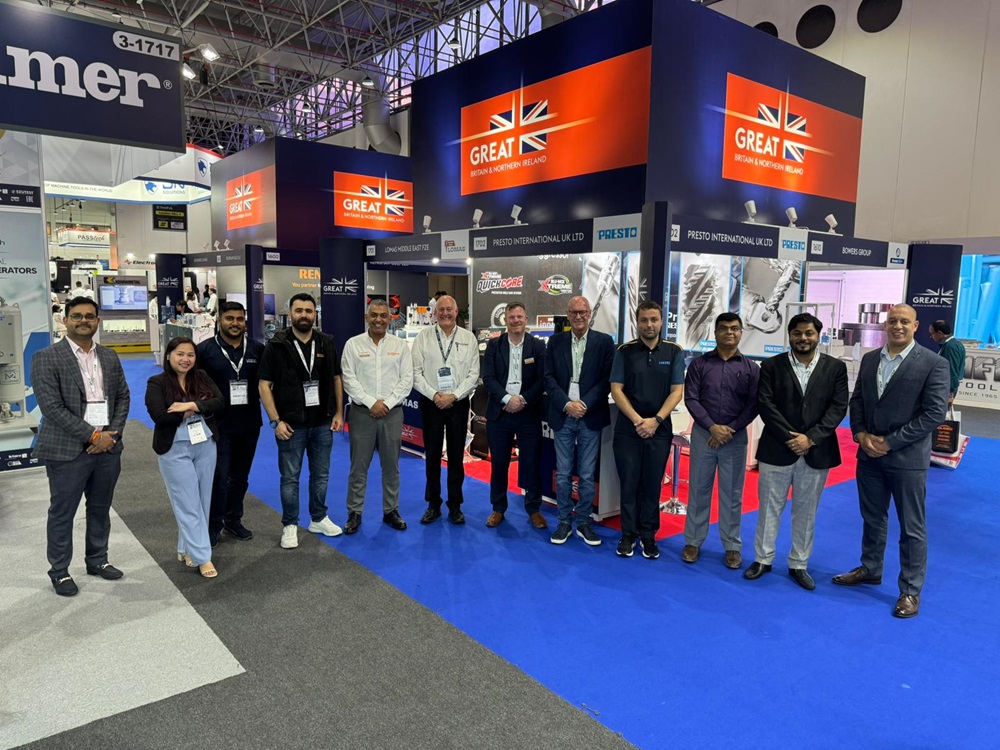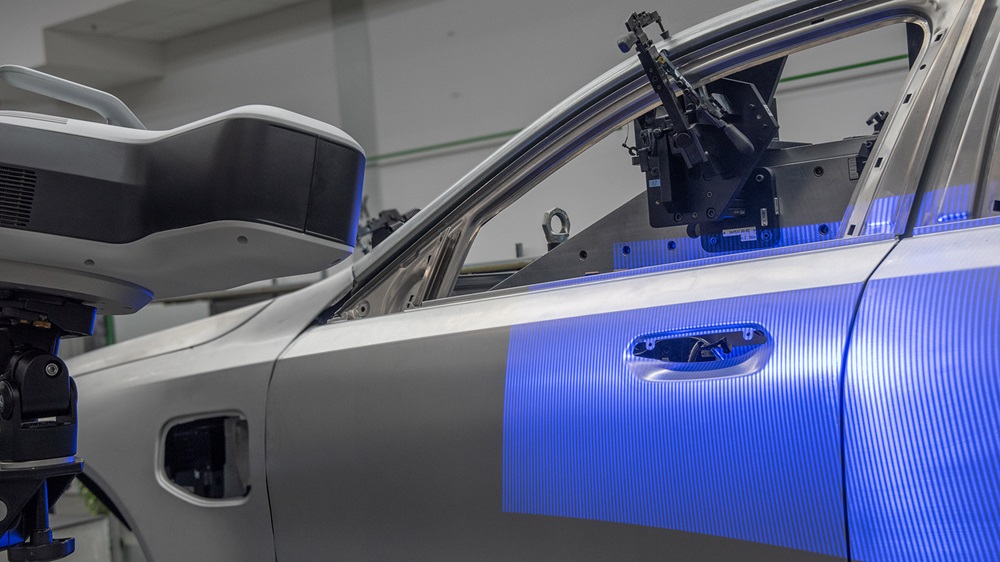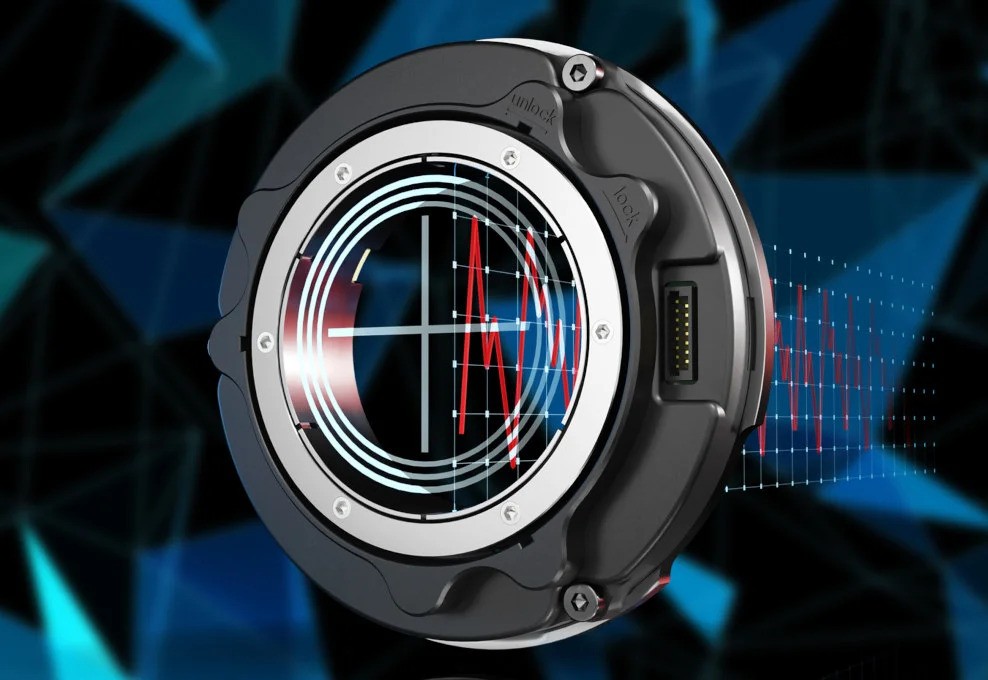Creaform, a business of Ametek and a worldwide provider of automated and portable 3D measurement solutions, is releasing its MetraScan Black+, MetraScan Black+Elite and HandyProbe Next+, all latest versions of the company’s suite of optical CMM 3D scanners and probes.
Leveraging new ISO 10360 certifications and set-up assistance tools, this latest-generation MetraScan 3D line-up aims to provide professionals with sophisticated tools that optimise operations.Guaranteeing confidence in the stated specifications, the sensor acceptance test procedure is based on ISO 10360, an international standard which ensures intense testing to define specifications and qualify sensor performance.Performance tests take place at Creaform’s ISO/IEC 17025-2017 accredited laboratories, which ensures the quality of facilities and equipment, the traceability of artefacts, and the quality of validation methods.
Enabling the simple and precise measurement of large parts, the expansion of this line-up marks a strategic move by Creaform to meet the evolving needs of quality control (QC) experts. The products now offer an accuracy specification of up to 0.025 mm + 0.015 mm/m in the extended measuring volume, ensuring trust in the performance and accuracy of the QC process on large parts.
Another stand-out feature is 360° magnetic targets. Visible from all angles, these reusable and durable targets are easy to set up. They offer automatic detectionto support the fast delivery of results.
Guidance tools are available to provide visual guidance feedback on positioning targets when creating a set-up, which is especially useful for non-experts, while troubleshooting tools offer advanced set-up diagnostics if required.
For further information www.creaform3d.com



















